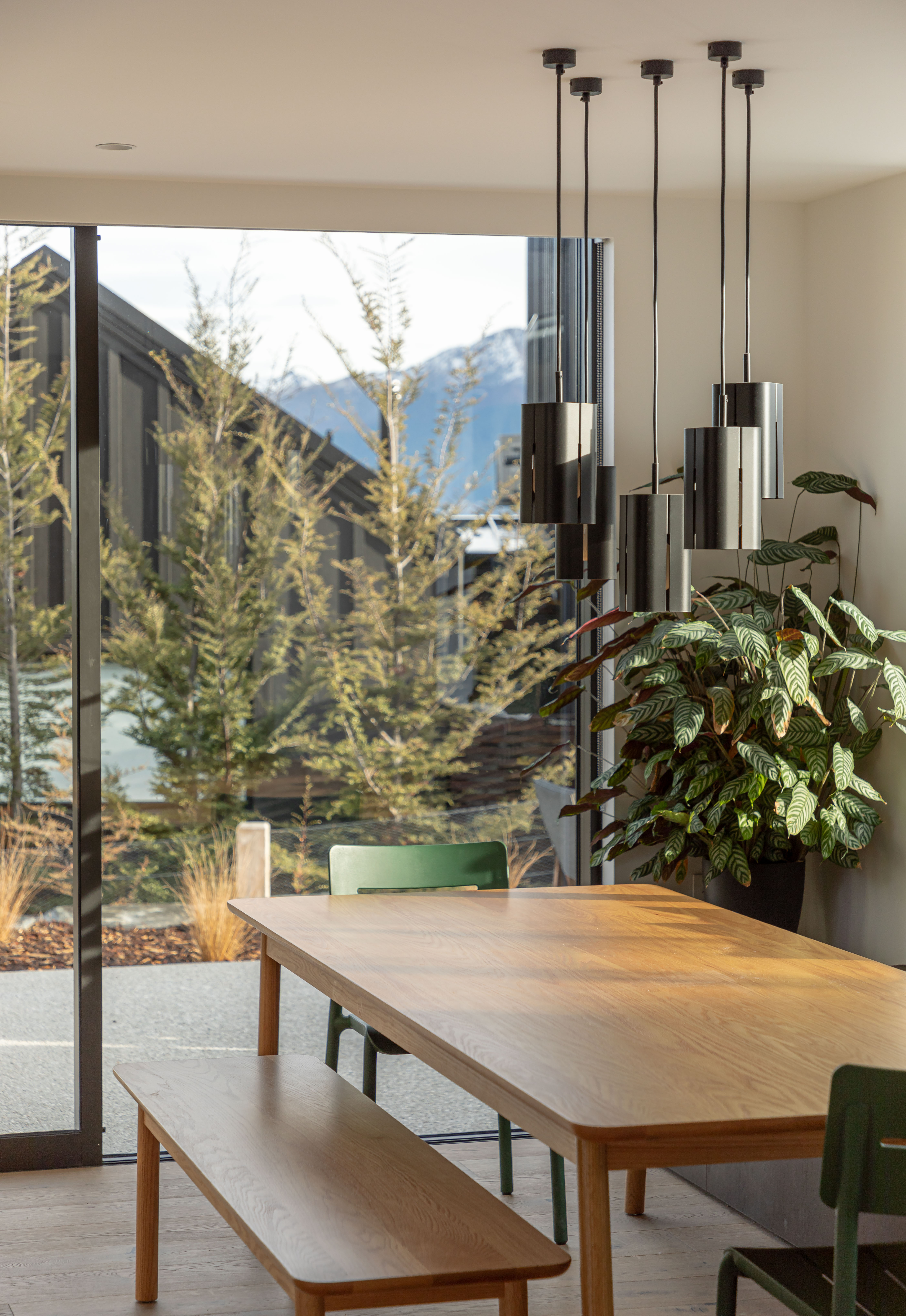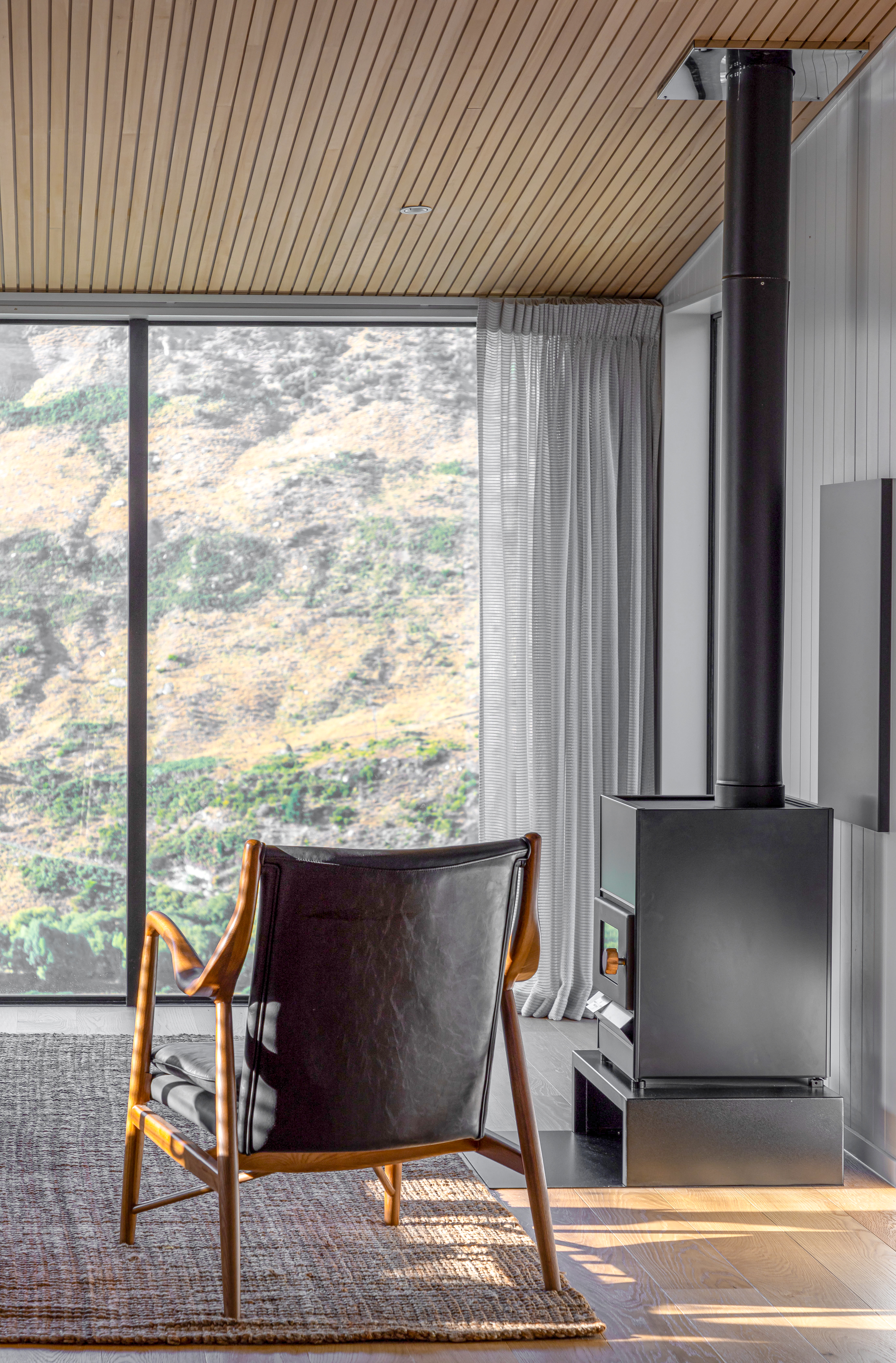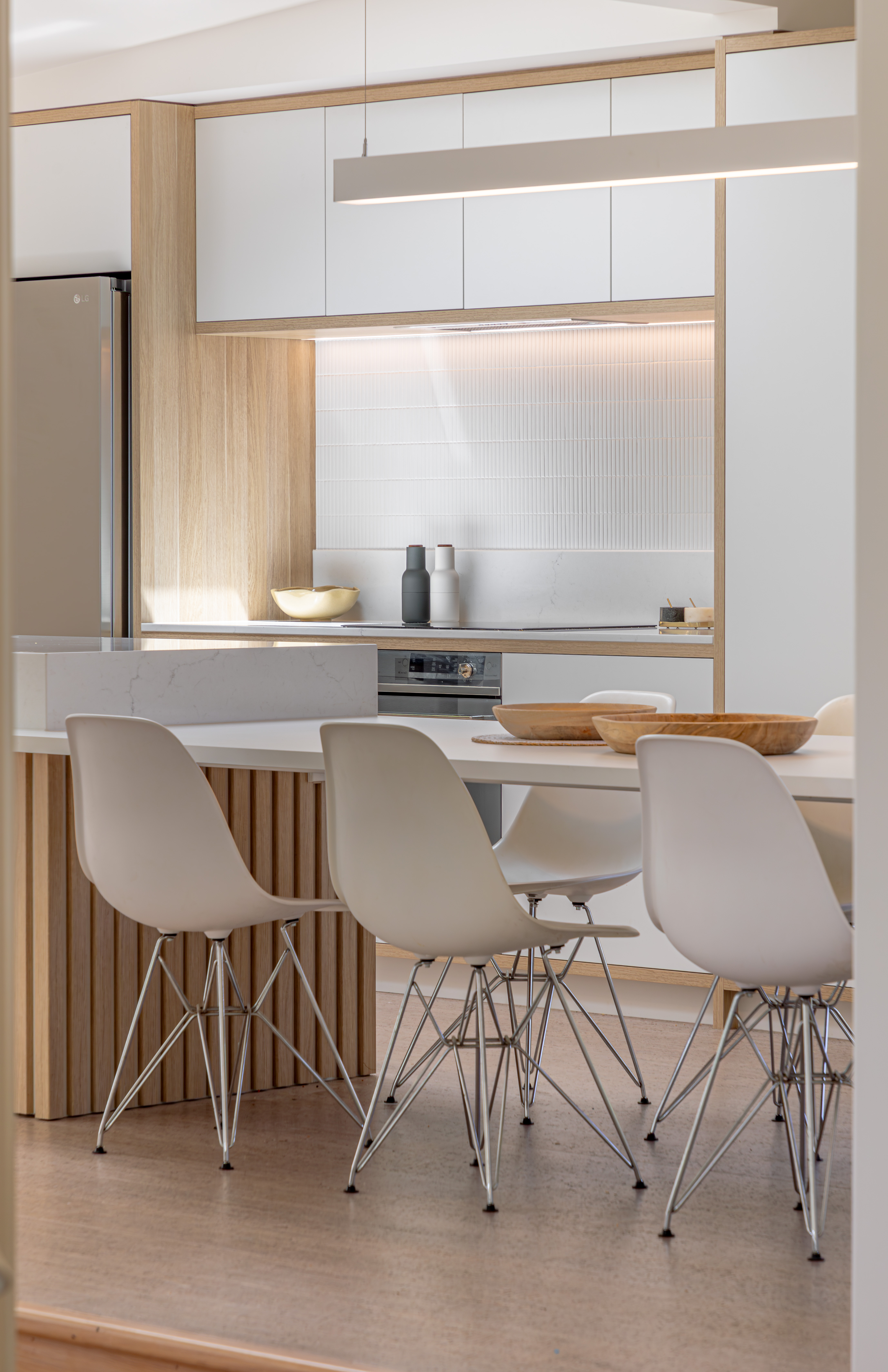Feature article
Scandinavian interior design trends to modernise your home
One of the more enduring interior design schemes is Scandinavian Design.
Last updated: 22 April 2024
In the words of haute couture icon, Coco Chanel: “Fashion comes and goes but style lasts forever.” As true as that is for the world of high-fashion clothing, it is just as true for other design practices including interior design.
Cover image: This interior in a home by Ben Hudson Architects takes inspiration from contemporary Scandinavian design principles. Image: John Williams
Famous Scandinavian Interior Designers
Originating in the early part of the 20th century, Scandinavian design gained international attention in the 1930s and global acclaim in the 1950s through to the 1970s, thanks in part to the designs of mid-century modern innovators such as Arne Jacobsen, Poul Henningsen, Hans Wegner, Ilmari Tapivaara, Ole Wanscher, Maija Isola and Alvar Aalto — amongst others.
During the interwar period (and again post WWII), materials shortages meant that the excessive detailing that characterised Victorian-era interiors was almost impossible to maintain. Scandinavian design, with its pared back, nature-inspired aesthetic, was thrust into the limelight, in the process proving that good design could be enjoyed by everyone.
Scandinavian Interior Design Principles
At its heart, Scandinavian design strips back the unnecessary, choosing instead to showcase simplicity and practicality in a way that highlights the harmony between the natural and built environments. Timber features highly, along with other natural materials, used in conjunction with a minimal colour palette as a base. Pops of colour are introduced through accents, items and plants.
Quality, too, is important, with fixtures and fittings designed for longevity, in contrast to the excess consumerism of other schemes. The result is a space that combines functionality with beauty and that celebrates clean lines and natural light.
A Scandinavian-inspired interior in a home by Koia Architects. Image: John Williams
What are the best Scandinavian Design Colour Palettes?
While Scandinavian design features a lot of cool colours such as neutrals, greys and pastel blues, greens and pinks, you will also find the brighter pop colours, like orange and yellow, which were also mid-century favourites — think the textiles and ceramics found in the Marimekko product range.
This lighter colour palette, coupled with a minimal use of window treatments, helps to make spaces feel bigger and brighter, an important aspect in creating homes that are designed to enhance wellbeing.
A Scandinavian colour scheme in an interior design by Chroma Interiors. Image: John Williams
Scandinavian Interior Styling: Material, Lighting & Furniture
Similarly, a 'less is more' approach applies to styling rooms. Homes of the post-war era tended to be smaller, so the Scandinavian design aesthetic for sleek, modern furniture and clutter-free spaces was a good fit with this emerging living trend. Furniture composing subtle lines, curves and tapered legs leant a lightness to rooms that previously would have seen heavier, more ornate pieces.
While wood has always been a premium material in furniture design, more accessible timbers began to be used, such as beech, ash and pine, rather than the traditional oak and walnut. Timbers also started to find their way into other features including walls, floors and elements such as slatted accents. Natural greenery also began to predominate, with plants, flowers and other botanicals being incorporated into interior schemes, both in their natural forms and in prints seen on fabrics.
Lighting, too, began to reflect nature, with designs such as Henningsen’s Artichoke Pendant — with its ‘space age’ design and clever use of copper and lacquered steel — emerging as iconic pieces in their own right.
Essentially, Scandinavian design has endured because it encourages a life well lived, and as Coco Chanel said, true style lasts forever.
Author
Other articles you might like



